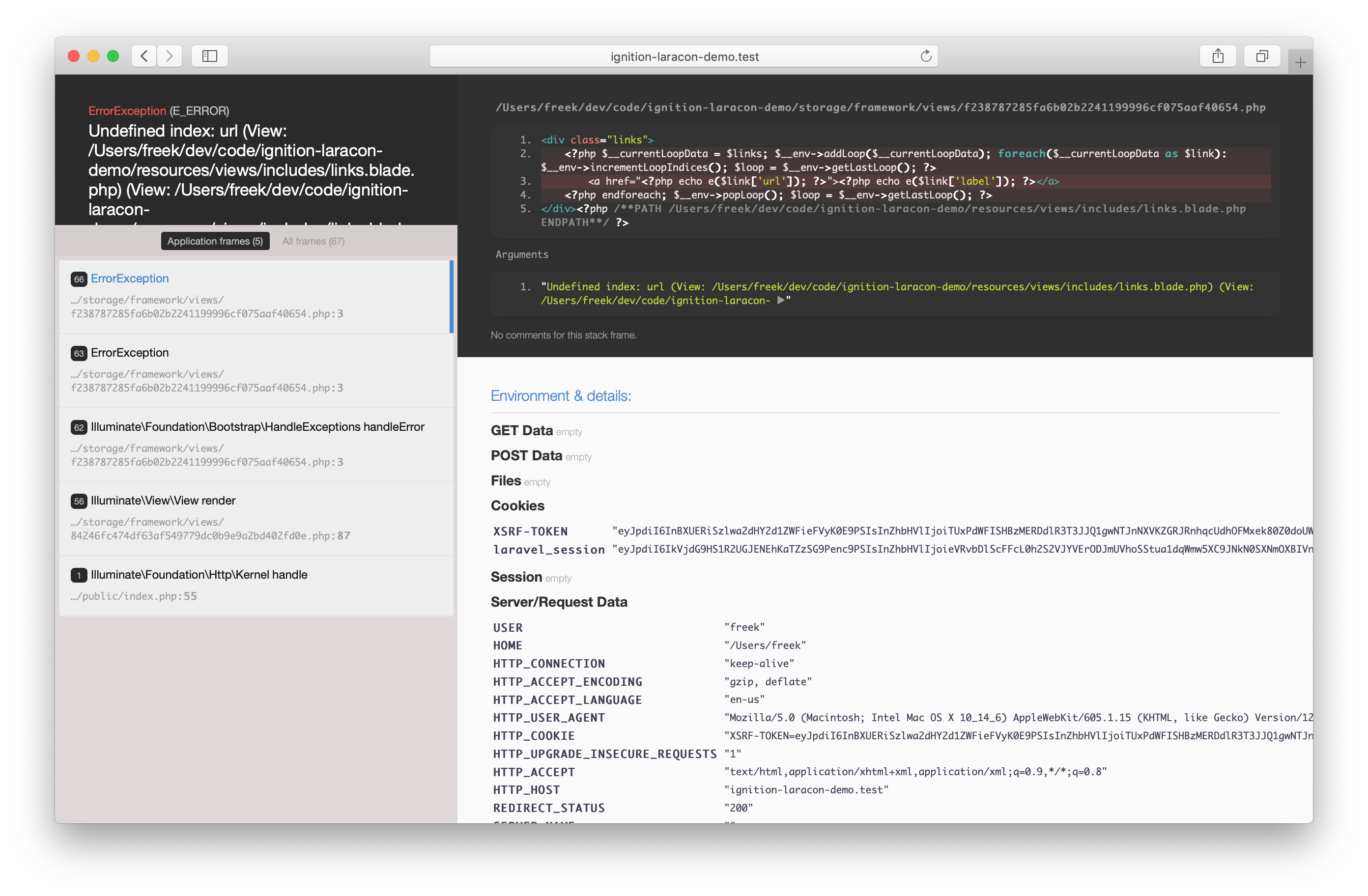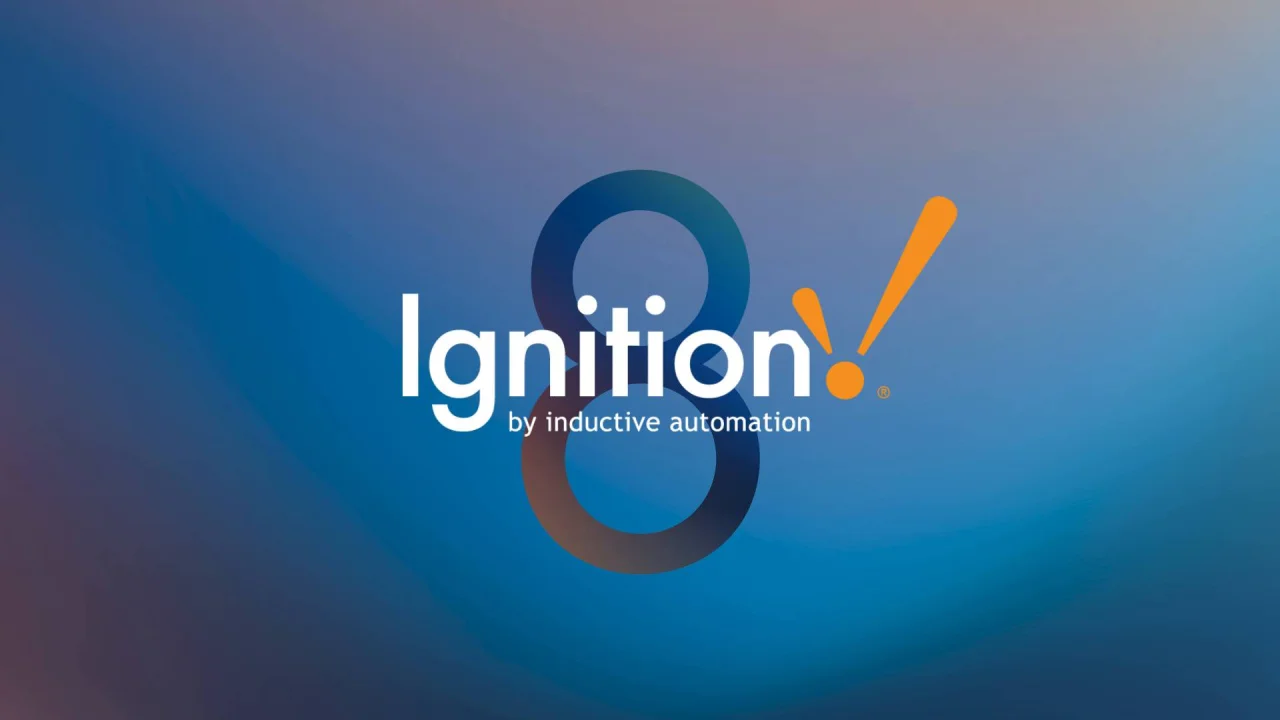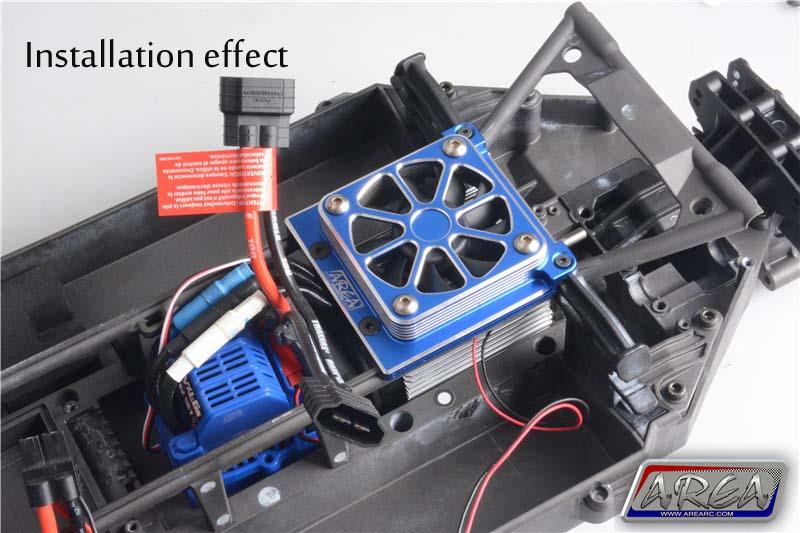Ignition 8 Demo


- Inductive University Ignition Demo Project Knowledge Base Articles Forum IA Support SDK Documentation SDK Examples. ALL USER MANUAL VERSIONS. Ignition 8.1 Ignition 7.9 Ignition 7.8. Deprecated Pages. Configure Space tools.
- Ignition 8.1 is the first long-term supported (LTS) version of the Ignition 8 platform. As an LTS version, Ignition 8.1 will receive improvements and fixes for a full five years from the date of its release, so you can rely on 8.1 for the long haul.
[00:00] Ignition 8 is the largest and most comprehensive update in Ignition's recent history, overhauling many facets of the Ignition platform and offering some powerful new tools for Ignition developers. In this video, we'll broadly outline the most critical changes and features introduced in Ignition 8. These changes haul broadly into four categories, the brand new Perspective Module, Tag System updates, security improvements, and project system changes. We'll start by discussing visualization changes. For one, Vision components have received an overhaul in their look and feel without altering their underlying functionality. However, we've also introduced a brand new visualization module that works alongside Vision, designed to run in a web browser without any pre-configuration needed. This visualization module is called Perspective. So, because I have the Perspective Module installed, I can scroll up in my Project Browser and we see a Perspective heading. Now in Perspective, I created a simple test view. If I click on a component like this table, we see a Property Editor on the right-hand side. Not unlike the Property Editor in Vision. I won't go to deep into this example. Let's try seeing Perspective in action. Clients we launched in Perspective are called Sessions and unlike a Vision client, which runs as a standalone application, a Perspective Session is designed to be run in the web browser, see what I mean? I'll pull up a web browser here and I'll open a new tab, and I'll paste in a link to our Perspective demo project. It's just demo.inductiveautomation.com. Since Perspective Sessions run in the web browser, they can be run anywhere that a web browser can including a mobile device or a tablet. In fact, Perspective is well suited to running on small screen devices because it provides many ways of changing your project's appearance based on the size of the Session. To demonstrate, I'm going to go into the Real-Time Status section here and then to HMI, and I don't have a mobile device here to model, but what I can do is shrink down the size of my web browser. So, we see here that our Perspective Session has a menu bar and a good collection of components here. Now, if I shrink down the size of my web browser, so, I'm going to make it very narrow here, we see that the menu bar disappears and the components stack on top of each other instead of displaying in a diagram. And then, if I expand the browser again, we return to our initial layout. Perspective is built specifically to accommodate this design strategy, which we broadly refer to as responsive design. Now, with the introduction of Perspective comes a redoubled focus on security. To provide secure web-based data transfer, Perspective Sessions are secured using cutting-edge encryption technologies and communication protocols. In furtherance of the goal of improved security, Ignition 8 also heralds the introduction of federated identity providers and support for SAML and OAuth technologies. So, in the Configure section of this gateway, under Security, I can select Identity Providers, and from here, if I click Create New Identity Provider, we have the ability to run an Ignition-recognized identity provider using an Ignition User Source, OpenID Connect, or SAML. These tie-ins allow Ignition to better interface with existing authentication schemes with wide industrial support. We've also introduced the concept of a security level. This is a rework of Ignition's role system. Before, when configuring security on a project or a window, we might have selected a required role that a user would need to have. Now, we can select one or more nodes in a hierarchy. For example, if I require a security level of Authenticated, any user that can authenticate against my identity provider can access the resource, or if I'd like, I could require that they belong to this Upper Management security level. Because this security level falls under authenticated, this is a stricter requirement in simply having the authenticated security level. Now, let's get in the changes that were made to Tags in Ignition 8. So, I'll pull my designer back up, and it may have been apparent that the look and feel of the Tag browser has changed here. In fact, the look and feel of the entire Tag interface has changed a bit, but working with Tags in Ignition 8 should feel very familiar to longtime Ignition users. In addition to changes to the interface, Tags in Ignition 8 have received an overhaul on the back end with the goal of improving their performance and functionality. We can see some other critical changes as well. Let's say, we right click on a Tag and go to Edit Tag. Now, this is an OPC tag but if I wanted to change it to a memory tag, all I would have to do is expand the value source drop down and click Memory. Tags are now extensible as well. I can click the plus icon to add my own property to my Tag. Now, let's talk about changes to the project system in Ignition 8. I'm just going to exit out of this and if I scroll down in my Project Browser, we can see that some of my project resources are grayed out here. This is because these resources are inherited from another project. In Ignition 8, we can configure projects as inheritable so parent products can share resources with child projects like windows, templates, and scripts. So, I can create a new window here. Let's make it a main window and I won't change the title for now and let's try again one of my shared templates. So I'll drag in the Double Gauge and I can use this template just as if it were a template local to this project. One other major change has been made to the project system particularly for Perspective resources, Ignition 8 exposes the project resources in the file system at a granular level to allow changes to these resources to be more easily tracked. The goal behind this change is to be more compatible with version control schemes. This wraps up our brief overview of changes made in Ignition 8. Again, we've only briefly summarized the changes that have been made. Inductive University videos and user manual content offer deep dives into all of Ignition 8's changes and new features.

Ignition 8 Demo Euro Truck Simulator 2
Inductive Automation's Co-Directors of Sales Engineering, Travis Cox and Kevin McClusky expertly guide you through a lengthy and detailed demo of the most po. 4, 2019) — Inductive Automation announced that the public Beta version of its new Ignition 8 software is available beginning today. Ignition 8 will be released in April. The news was announced at a press conference at the ARC Industry Forum in Orlando, Fla. Ignition by Ind.


[00:00] In this school, we're going to learn about Ignition. Ignition is a software platform provided by Inductive automation. In short, Ignition is HMI, SCADA, and MES software. Ignition can be an HMI, or Human Machine Interface, allowing you to build real-time status and control screens that monitor and control your machines. Ignition's also SCADA, which stands for Supervisory Control and Data Acquisition, allowing you to acquire data and allow you to store information to a database as well as do alarming, all from a central location. Ignition is also MES which stands for Manufacturing Execution Systems. This is the layer between ERP and the plant floor providing solutions such as OEE downtime, SPC, track and trace and rescue management. Ignition itself is a modular industrial applications server. So it's installed as server software and is web-based, web-managed and has web launch designers and clients. You will need to install software in a single place called the server.
[01:03] Ignition is also modular in that you can add pieces of software to Ignition called modules to add new functionality. Ignition can do a lot of different things because of the connection points it has. We like to think of Ignition as a communications hub. Ignition can connect any PLC through OPC. In fact, Ignition has a built-in OPC-UA server with drivers to popular PLCs. Ignition can also connect to any third-party OPC-DA or OPC-UA server, allowing you to connect to practically any PLC that exists in the market. Ignition can connect to any web service, typically ERP systems expose web services that we can communicate to. Ignition can connect to any database, SQL database, whether that be my SQL, Microsoft SQL server or Oracle Postgres DB2 and more. So Ignition can connect to other MES and ERP systems. It can also connect to LIMS devices, such as barcode scanners, scales, sensors and special laboratory equipment that companies use.
[02:01] Once you go over the application, it's very easy to get the application to people's hands. Ignition can, you can open up the run time, of the client on any PC regardless of the operating system, on touch panels as well as mobile devices. Ignition can do a lot of different things. Of course it can do the HMI SCADA functionality. We have a built-in high performance historian where you can log data to any SQL database. That includes compression algorithms. Has a reporting engine built in to create dynamic PDF reports. You can build database applications where simply you're run into a database such as a POS point of sale or a CRM, customer relationship management system and even inventory tracking systems. Some customers like to convert Microsoft Access programs to Ignition allowing multiple people to view the data. Ignition has state-of-the-art alarming engine built-in allowing you to create alarms and then notify people via voice, SMS and email. In the alarming system, you have pipelines that allow you to customize how you want to escalate alarms to get them to the right people.
Ignition 8 Demo Project
[03:03] You can build MES applications such OEE Downtime, SPC, Recipe Management and more. You can even take all these different features and mix and match them on the same screen. So what makes Ignition so special? First, Ignition has hassle-free licensing. Ignition is sold by the server license and with that, you can add an unlimited number of clients, screens, tags, connections and devices. The designer is included with the product and you can launch as many concurrent designers as you want working on the same project at the same time. Ignition installs in your server in under three minutes. It's very quick and easy to get going with the software. It's also 100% fully cross platform, can run on any flavor of Windows, MAC and Linux.